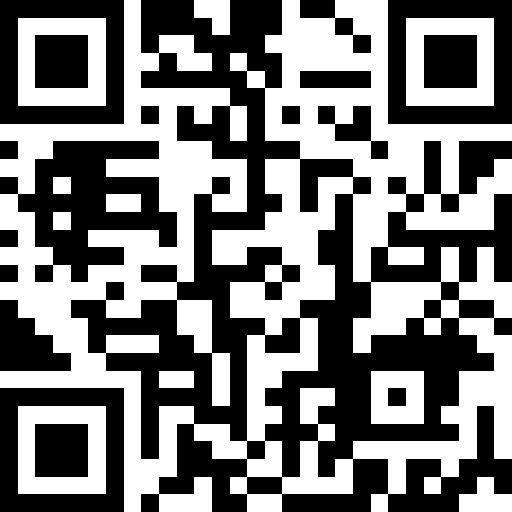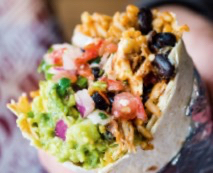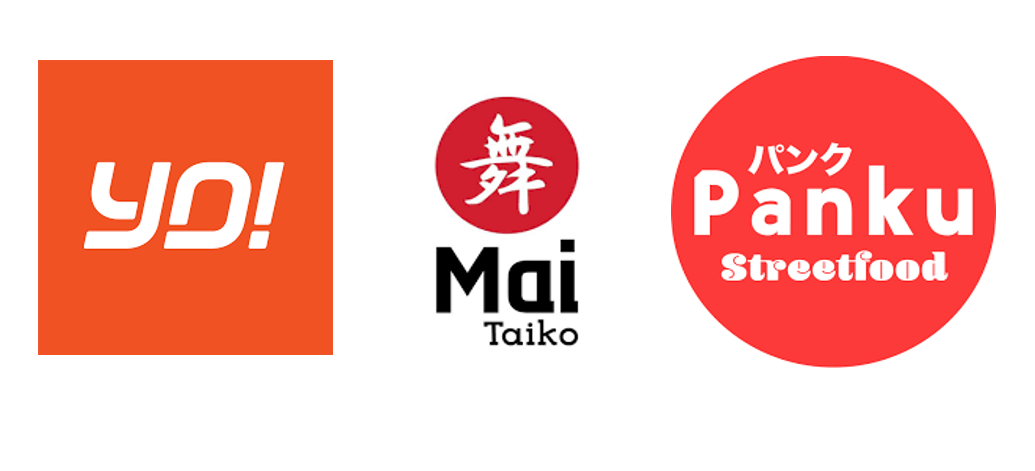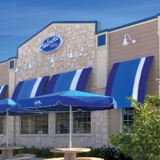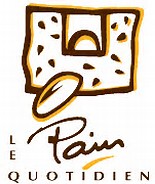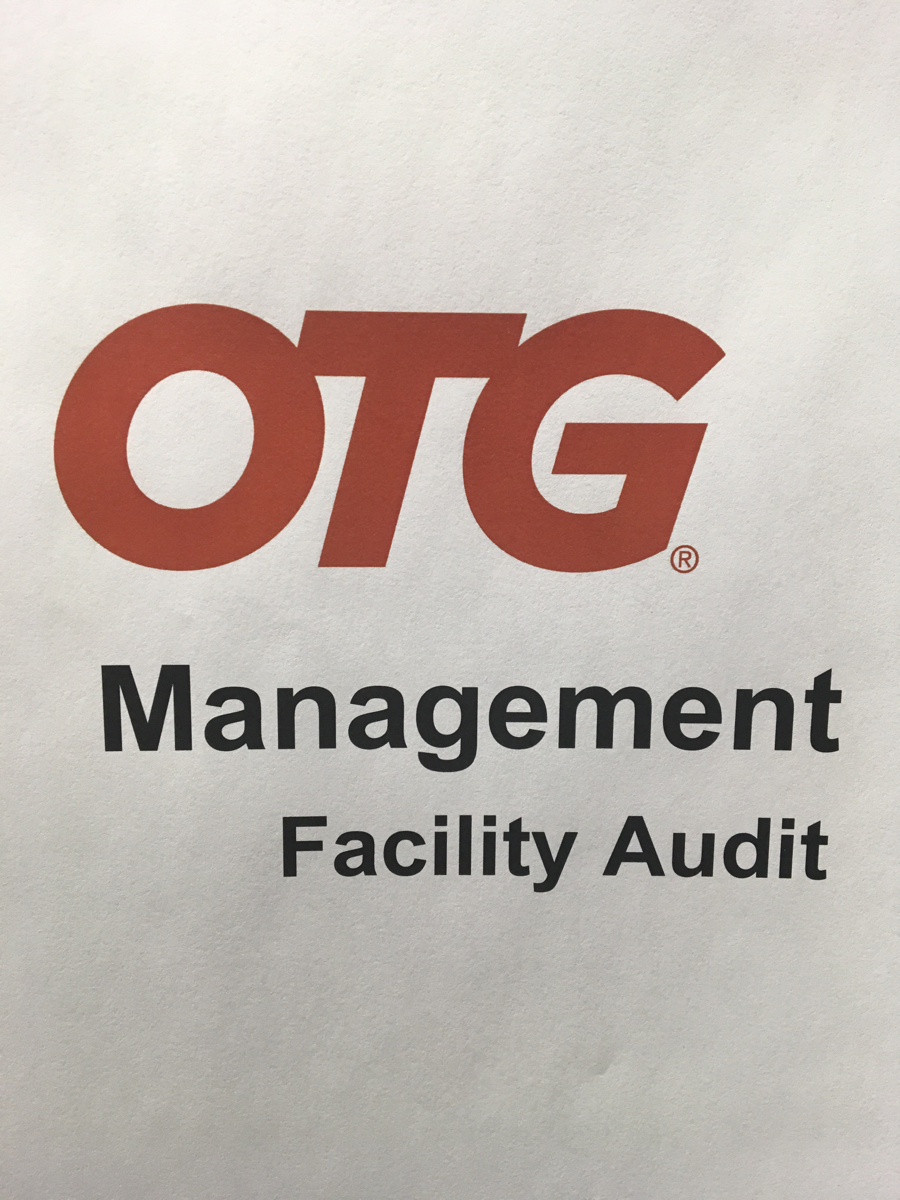Title Page
-
DEPARTMENT:
-
BRAND:
- Bakery Counter
- Charcuterie
- Chocolaterie
- Deli Counter
- Fish Counter
- Fruit Veg Counter
- Juice Bar
- Meat Counter
- Rotisserie Counter
- Traiteur
- Patisserie Counter
- Tea and Coffee
- Cheese Counter
-
SITE:
-
AUDIT DATE:
-
QUARTER REFERENCE:
-
ROUTINE AUDIT or RE-AUDIT :
-
SCORE:
-
Name of Auditor:
-
Audit signed off By:
-
SIGNATURE:
Executive Summary
-
undefined
1-Food Safety Management System
1 - Confidence in Management
-
1.1 - Training and Awareness<br>*Are there any new team members since the last audit? If yes, have they received Level 2 training?<br>*All food handlers are required to receive Level 2 Food Hygiene Training within 3 months of commencing work or refreshed every 2 years for existing staff. <br>* Ambient retail staff are permitted to do FS level 2 online. <br>*Accurate training records must be maintained. <br>*A minimum of 2 food safety hygiene training questions are asked during the audit to gauge understanding.<br>* All new starters must have attended the food safety induction prior to starting work *All agency staff may only be onboarded if they already have FS level 2
-
1.2 - The sites management shall define and maintain a clear plan for the development and continuing improvement of food safety and quality culture. This could include: <br>*Training <br>* Feedback from employees <br>*Performance measurement of activities related to safety, legality and quality e.g. meeting the food safety KPI's * A root cause analysis has been completed to effectively close out complaints and non-conformances
-
1.3 - Confidence in Management <br>-All corrective actions from the previous audit have been completed. *NB* Take note of repeat non-conformances <br>-The MONTHLY MANAGER INSPECTION completed - Due diligence records have been verified by a manager at the end of every day. -Maintenance issues have been logged with a reference number available with evidence of follow up or escalation where relevant . Confidence in management means we trust that the business is running the food safety system properly, and how likely they are to keep things safe in the future. <br> <br>The auditor looks at things like:<br>*How well the food area has done in the past, if the previous audit issues have been fixed. <br>*How many complaints they've had.<br>*How the managers feel about keeping things clean and safe.<br>*How much the team knows about keeping things safe.<br>*Monthly Manager Inspections should be reflective of the area.
2 - HACCP
-
2.1 - Delivery Procedures<br>*Food is accepted in a properly controlled manner with the correct monitoring and corrective action procedures being followed and documented.<br>*Temperature checks must be taken to confirm foods are within the acceptable limits. <br>The target limit is below 5.0°C for chilled foods, with a critical limit of 8°C. For frozen foods, the target is -18.0°C or below, with a critical limit of -13°C.
-
2.2 - Food Storage <br>*Food is being stored under correct temperature control, with the target limit below 5°C for chilled items and a critical limit below 8°C. *For frozen food, the target is -18°C or below. High-risk foods are not held at temperatures outside of the controlled environment.
-
2.3 - Preparation<br>*All chilled foods are not left at ambient temperature for extended periods during preparation.
-
2.4 - Defrosting <br>*Defrosting is conducted in a controlled manner within a refrigerator to ensure food safety standards are maintained. <br>*This process involves transferring frozen items from the freezer to the refrigerator. <br>*De-Frosting label has been attached /Shelf Life label /Expire date is present.
-
2.5 - Cooking/Reheating<br>*Correct cooking temperatures are consistently achieved, ensuring that all foods are cooked and reheated to temperatures exceeding 75°C or the specific temperature mentioned in the SOP.
-
2.6 - Cooling<br>*All cooked foods must be cooled to a core temperature of below 8°C within 90 minutes of being cooked. *This can be done using a blast chiller or ice bath
-
2.7 - Service<br>*Chilled food is consistently maintained at temperatures of 5°C or below. <br>*Hot food is held at a minimum temperature of 63°C. *In cases where hot food temperatures fall below 63°C, the appropriate 2-hour rule must be applied or be recooked to a minimum of 75°C for 30mins. *Foods can only be reheated once
-
2.8 - Probe Thermometer<br>*2 probe thermometer has been provided and it is subject to monthly calibration checks. <br>*Maintained in clean condition and good repair. <br>*Sanitising probe wipes are readily available and evident in use before and after every use. *Temperature probes are being used correctly to record temperatures
-
2.9 Standard Operating Procedures Is there an approved SOP for any high risk food items that do not follow the standard cooking/cooling requirements mentioned in the food safety procedures manual? All procedures and SOPs shall be clear, legible, unambiguous. This should include the use of photographs, diagrams or other pictorials instructions. *Steak Tartare<br>*Raw meat dishes<br>*Carpaccio,<br>*Sushi, Sashimi,<br>*Ceviche, <br>*Fermentation<br>*Sous Vide<br>*Salt Beef
3 - Food Safety and Quality Management System
-
3.1 - The Food Safety procedures manual shall be fully implemented and the latest version of the manual shall be readily available to relevant staff. *This can be both a physical copy or online version <br>*Ask one member of staff some questions related to the manual and its location.
-
3.2 - Records shall be legible, maintained in good condition and retrievable. Records should be accessible for a minimum of 1 year. Any alterations to records shall be authorised. <br>*Due diligence records are correctly completed.<br>*Corrective actions are clearly explained and completed.<br>*All records have been verified by the manager at the end of each day. <br> *No evidence of scratching out
4 - Site Standards
-
4.1 -Ceiling, walls, floors and doors<br>*The ceiling is kept in good condition, making it easy to clean.<br>*Suspended ceiling tiles, if present, are all in place and not displaced.<br>*Walls are in good repair and easy to clean, with no damaged tiles, flaking paint, or holes.<br>*Floors are in good repair, impervious, easy to clean, with no damaged tiles, seals, or grout, and no damage to rubber floor mats.<br>*Doors and frames are also in good repair and easy to clean.
-
4.2 - Lighting and Ventilation<br>Adequate standards of lighting are provided to all work areas. <br>* All light fittings are correctly designed and in good repair. <br>* Light diffuser covers are fitted in food preparation areas.<br>* All lights should be shatterproof * Adequate ventilation provided.
-
4.3 - Drainage/Sinks and Basins<br>*The drainage system is sufficient and well maintained.<br>*All sinks and wash hand basins (HWB) are in good working order, provided in adequate number, suitably located, and equipped with hot and cold running water.<br>*The grease trap is maintained to prevent blockages, ensuring it is clean, the food basket is emptied regularly, and the grease container is emptied as needed. *No evidence of water pooling or leaks <br>*Handwash basins should be non-hand operated with the water temperature running between 30 and 40 degrees.
-
4.4 - Preparation Surfaces<br>*All work surfaces are smooth, impervious, and in good general repair, facilitating effective sanitization. e.g. Stainless steel or marble.
-
4.5 -Display counters and shelves (Retail)<br>*The counter and shelving units are maintained in a sound, easy-to-clean condition, and good repair. This includes ensuring there are no damaged surfaces, such as chipped wood or exposed wires.
-
4.6 - Fixture and Fittings <br>All fixtures and fittings are kept in a condition that allows for easy cleaning and upkeep. Fixtures and fittings would include equipment like sinks, countertops, shelving units, etc. with no temporary engineering.
-
4.7 - Internal Waste Storage <br>*Waste is stored hygienically and regularly removed to prevent any unacceptable build-up. <br>*Waste disposal bins are distinguishable from food waste bins. <br>*Bins should have bin liners
5 - Equipment Standards
-
5.1 - Temperature Control Equipment<br>All FRIDGES and FREEZERS are regularly inspected and kept in optimal condition to ensure they operate at the correct temperatures. <br>*There should be no damaged seals or curtains<br>*Equipment is not overloaded, and air vents remain unobstructed, ensuring proper airflow. <br>*There is no evidence of ice build *Equipment is regularly cleaned e.g. no signs of dust, debris or mould
-
5.2 - Food Contact Equipment <br>All items, fittings, and equipment that come into contact with food, are constructed of suitable materials and are maintained in good condition to minimize the risk of contamination.<br>Furthermore, all equipment used in food operations must be kept clean and well maintained. All equipment/utensils must be fit for purpose and must not increase the risk of cross contamination e.g. bristles or fibres from brushes. <br>This includes:<br>*Chopping Board<br>*Service Utensils / Equipment<br>*Ice Machine<br>*Oven/Fryer<br>*Vacuum Packer<br>*Slicer<br>*Mincer<br>*Sous Vide<br>*Rice Cooker<br>*Microwave <br>*Scales *Utensils <br>*Dishwashers/glasswashers *Knives <br>NOTE: Temporary repairs should not increase the risk of contamination e.g. using tape
-
5.3 - Correct use of designated sinks <br>*All sinks are labelled and used for designated purpose only.
6 - Cleaning & Chemicals
-
6.1 - Cleaning Schedule <br>*Cleaning is conducted following a written cleaning schedule, ensuring that all areas and equipment are regularly cleaned and sanitized to maintain hygiene standards.<br>*The cleaning schedule clearly defines what teams are responsible for each task <br>*The documentation, including cleaning logs and checklists, is completed accurately and must be signed off daily by the appropriate supervisor.
-
6.2 - Cleanliness of Structure (Staff Responsibility Area)<br>* Clean as you go is observed in the food preparation area <br>* There is no evidence of waste build up <br>* Floors are kept free from excessive food debris and spillages <br>* The 2-Stage clean is being carried out in between food preparation
-
6.3 - Cleanliness of Structure (Stewarding Team / Night Shift)<br>*Deep cleaning and other cleaning tasks are carried as per the schedule to a high standard. e.g. ovens, underneath benches, oven hoods, extraction units, voids, drains, walls etc.
-
6.4 - Suitability of Cleaning Equipment and correct storage <br>*Appropriate cleaning equipment is provided, maintained in good condition, and stored correctly
-
6.5 - Dishwasher Temperature <br>*The dishwasher temperature must be maintained at a minimum of 83°C. <br>*The dishwasher is clean with no evidence of scaling, with the correct chemical dose. <br>*The dishwasher must be calibrated as per the schedule
-
6.6 - Chemicals Control<br>*All chemicals must be food-grade approved, with bottles clearly labelled and correctly dispensed. Chemicals must be stored safely to prevent unauthorized use and contain spillages.
-
6.7 - Correct use of wiping cloths <br>*Only single use cloths should be used in food areas.
-
6.8 - Correct use of Sanitisers <br>Only approved sanitiser must be used.<br>These should be used in accordance to the manufacturer’s instructions. <br>Team members must know the required contact times.
7 - Pest Management
-
7.1 - Pest Activity <br>*All areas are kept free from signs of pest activity. <br>*If any signs are observed, they should be reported via email, and the actions taken should be documented in the Facility Management Record ( Night Shift Report should be checked).
-
7.2 - Electric FlyKiller Unit <br>*All the electric fly killers are appropriately positioned and working correctly, with no build-up of insects.
-
7.3 - Access points/Pest Prevention Measures <br>*Any windows and doors that open directly from an area where food is being prepared, are fitted with sufficient screening to prevent pests from entering.
-
7.4 There is no evidence of food waste or residues that would encourage pest activity e.g. Syrups, food waste, dirty drains
8 - Product Control
-
8.1 - Dry Goods Storage <br>*Opened packages are resealed within suitable containers to avoid cross contamination.<br>*No foodstuffs are stored on the floor.
-
8.2 - Stock Rotation <br>*Good stock rotation is evident with the FIFO (First In, First Out) system being operated, and no out-of-date foods have been identified. <br>*The control documentation related to stock rotation is being consistently completed ( Due Diligence). <br>*Any products that are decanted are appropriately labelled and recorded
-
8.3 - Fridge/Freezer Storage <br>*Food is stored off the fridge/ freezer floor to maintain cleanliness.<br>*All food items are appropriately covered to safeguard against contamination. <br>*Any secondary packaging is removed. *No hot food is stored directly in the chillers or freezers<br>*Food items must be stored in an organized manner, facilitating efficient stock rotation.
-
8.4 In house date coding *All food stored is adequately labelled with a ‘Use By’ or ‘Best Before’ date.<br>*All decanted ambient food is given a shelf life of no more than 30 days.
-
8.5 - Ingredient Labelling <br>All ingredients must be labelled correctly following current labelling UK guidelines (Ingredients List, Allergens, Country of Origin must be included) and in English.
9 - Process Control
-
9.1 - Correct separation of storage of foods <br>*Raw foods and non-ready-to-eat items are strictly segregated from "ready-to-eat" foods. *Equipment such as vacuum packing machines and meat slicers must be correctly labelled as either for use of raw or RTE.
-
9.2 - Adequate separation of work areas <br>*Clearly defined work areas should be available. If this is not possible due to structural constraints, tasks must be time-separated, with two step cleaning carried out between different activities.
-
9.3 - Correct use of colour coded equipment <br>*Colour-coded chopping boards are available and being used correctly. *Chopping boards must not be heavily scarred
-
9.4 - Food Washing<br>*Correct procedures is being used to wash food in the dedicated sink area.
-
9.5 Foreign Body Control <br>Glass and other brittle materials shall be protected against breakage in areas where there is open food product. The condition of equipment should be inspected daily to ensure any broken equipment is removed from use. <br>*Glass breakage procedure is in place, the team are familiar with the procedure *No evidence of broken or chipped food storage containers
10 - Allergen Management
-
10.1 - Allergen Service Procedure <br>*Is the allergen service procedure understood by the team? <br>*Request a member of staff to explain the procedure
-
10.2 - Allergen Notice/ Disclaimer<br>*An Allergen Notice Disclaimer is prominently featured on the counters where applicable.
-
10.3 - Allergen Information/Matrix <br>*Allergen information must be readily available for all products (Ipad or Allergen Matrix). <br>*Select 3 products from the menu or display
-
10.4 - Allergen Cross Contamination Controls <br>*To prevent allergen cross contamination, control measures must be in place e.g. Separate Storage, Colour Coding, Dedicated Workspaces, Cleaning Protocols
11 - Personal Hygiene Standards
-
11.1 - Uniform, PPE and Jewellery <br>*All staff are wearing suitable uniforms that are clean and in good condition.<br>*Correct headwear is worn, and hair must be tied back. Where direct food handling takes place, suitable headwear such as hats and hairnets should be worn.<br>*Snood coverings for facial hair are provided where applicable (1cm). *Are FOH and BOH team members wearing PPE?<br>*Is PPE being worn correctly, covering the nose, mouth, and sides of the face?
-
11.2 - Personal Hygiene Standards/Practices<br>*No open cuts or wounds are found uncovered; they should be covered with a waterproof blue plaster.<br>*No staff members are found with long nails, nail varnish, or false nails or eyelashes.<br>*No poor personal hygiene practices are observed, such as failing to wash hands (e.g., after coughing, sneezing, cleaning, handling rubbish, or entering the department) or eating in food preparation areas.
-
11.3 - Gloves<br>*Disposable gloves are being utilized for directly handling "Ready To Eat" foods, such as those at the Deli Counter or by Demonstrators. <br>*The Staff correctly answered when the glove must be changed.
-
11.4 - Return To Work Policy <br>*Staff are adhering to the correct company protocols when returning to work after general illness, or travel abroad.<br>*Control documentation is being consistently completed accurately. <br>*Additionally, staff members are confirmed to be fit for work with no ongoing illness or health conditions (48H ).
-
11.5 - Staff food/Staff personal belongings <br>*Staff food or drinks are not stored in fridges.<br>*Personal belongings of staff are stored in a designated area.





